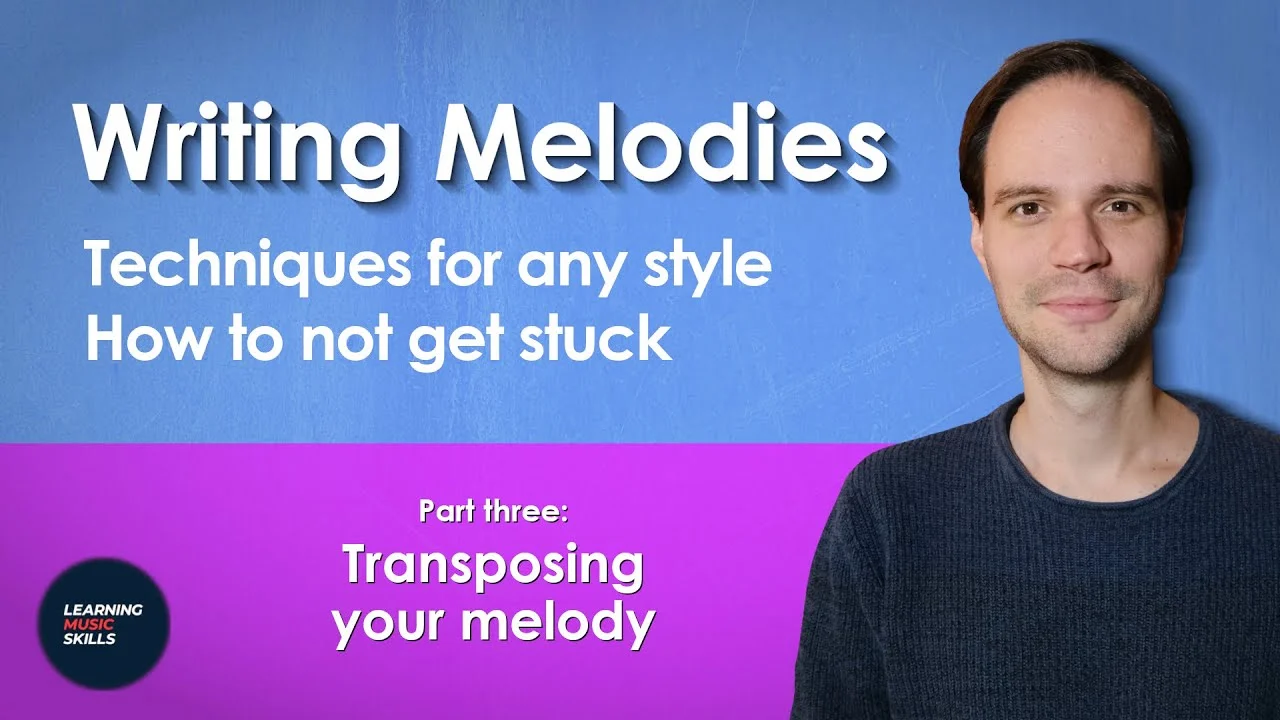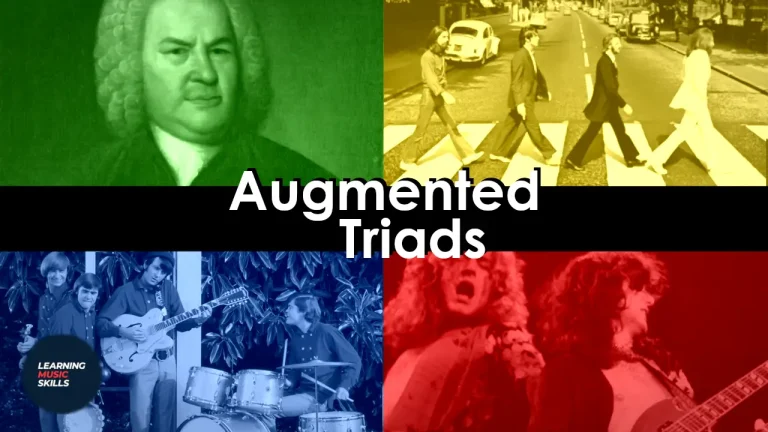
The free tutorials and articles from Learning
Video Tutorial: Make Dorian mode chord progressions and Melodies
Modes made easy: Many people see the musical modes as being part of a bigger mode or parent scale, which is the Ionian mode. But 90% of the time I don’t approach the
I will explain how you make a Dorian scale and chord progression. You can use this for writing beautiful melodies and complete songs. Just follow these four steps below.
How do you make a Dorian Scale?
Music is almost always in a certain key. Which could be A minor or D major for example. If
Minor scale blueprint / minor scale formula
When you follow this formula or blueprint of whole and half steps, then you can make a natural minor scale in any key that you like! Whole step – Half step – Whole step – Whole step – Half step – Whole step – Whole step
One thing to pay attention to is the naming of the notes. Each step needs to be a different letter from the alphabet. You cannot have E and Eb or G and G#. It should be C and D# or G and Ab.


How to make a Dorian scale?
Remember our A minor scale from above? To make the A Dorian scale, you just raise the 6th note or the note on the 6th scale degree with half a step. The rest of the notes in the scale stay the same! So the formula for making a Dorian scale is: Whole Step – Half Step -Whole Step – Whole Step – Whole Step – Half Step – Whole Step.


How To Make Dorian Mode Chord Progressions
Just as with all other modal chord progressions. We will use the Dorian scale to find out what chords you can play or what chords you have in this musical mode. You need to create a chord or triad on each scale degree. And you do this by only using notes from the scale!
How do you make a triad? When you make a chord, just skip one scale tone and choose the next one. So for example in A Dorian, the chord on the first scale degree is A Minor. And the notes are A-C-E. We skipped the tones B and D.




Chord Progression No.1 in B Dorian (the jam session)
The Dorian mode is perfect for when you want to have a jam session. The best chord progression for some tasty melodies is going from the minor tonic chord to the major chord on the 4th scale degree. Pink Floyd has used this with great success in their Dorian mode songs.


Chord Progression No.2 in D Dorian
If you stick to ‘normal’ chords or triads, then you have three chords that have a tone that’s unique to the Dorian mode in them. But if you would add 7th chords to your chord progression, then another chord becomes available. In this example, the C major seven chord has the B in it, which is the raised sixth scale degree.


Chord Progression No.3 in A Dorian
A great way to discover any musical mode is to improvise over a pedal note. A pedal note is a sustained tone (that does not change) on which you play chords or notes. This next chord progression in A Dorian can be used for some dark rock or for some beautiful film
You decide what mood the Dorian mode can have. Mysterious, dark, edgy or melancholic.


Chord Progression No.4 in E Dorian
In this chord progression in E Dorian, you see the beautiful possibilities that the Dorian mode has. It can sound bright and just a couple of seconds later it sounds dark and full of tension. This is especially true if you add some extensions to your chords.


Chord Progression No.5 and Melody in D Dorian
When you really want to use the Dorian sound and feel, then you have to also use the Dorian note in your melody. In this chord progression, the B is the raised 6th scale degree. This is the note unique to D Dorian.
When you look at the chord progression, we have a G major chord. The notes of G major are G – B – D. This means that G major has the raised 6th scale degree in it. So with the chords in our chord progression, we are ok.
Now with the melody you also want to emphasize the B note, because this will confirm the Dorian mode. You can either play it on the tonic chord, or on the chord that is on the 4th scale degree, which is G major.

Conclusion
Summary
Other videos and articles on the musical modes
You can also dive into the technique of modal mixture, modal interchange or borrowed chords. To start learning check out my lessons on combining Lydian & Ionian and Phrygian & Aeolian.
Your Support Matters
Support new videos by becoming a member and receive benefits in return. Or by giving a one-time donation! Help me provide free
https://www.buymeacoffee.com/musicskills









